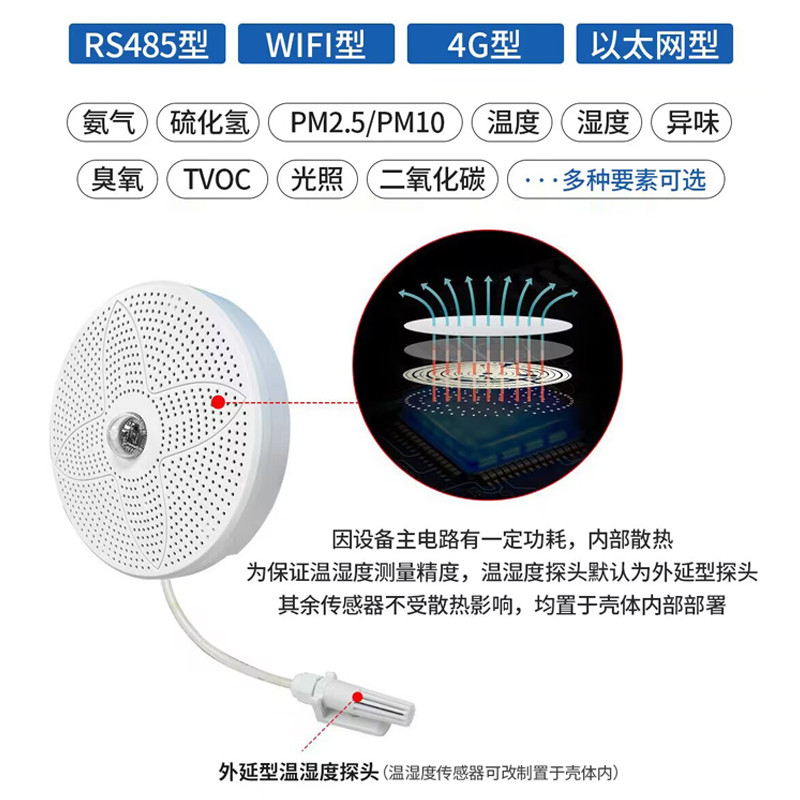Shandong Fengtu IOT Technology Co., Ltd
Sales Manager:Ms. Emily Wang
Cel,Whatsapp,Wechat:+86 15898932201
Email:info@fengtutec.com
Add:No. 155 Optoelectronic Industry Accelerator, Gaoxin District, Weifang, Shandong, China

Sales Manager:Ms. Emily Wang
Cel,Whatsapp,Wechat:+86 15898932201
Email:info@fengtutec.com
Add:No. 155 Optoelectronic Industry Accelerator, Gaoxin District, Weifang, Shandong, China
time:2024-11-11 09:04:39 source:Weather Station viewed:688 time
With the rapid development of the Internet of Things, big data, and artificial intelligence technologies, our lives are undergoing a revolutionary change. The application of these technologies not only makes daily life more intelligent and convenient but also greatly improves efficiency and practicality. In this technological wave, even the most inconspicuous public toilets have ushered in their intelligent reform and become a bright spot in the urban modernization process.
Today, smart toilets have become an important measure for many cities to improve the human - living environment and enhance the city's image. They are not only found in tourist attractions and urban public areas but also widely distributed in densely populated places such as shopping malls, commercial buildings, service areas, hospitals, and schools, and have received extensive praise.
The construction of smart toilets is based on traditional public toilets. Through the installation of a series of sensors and equipment, the usage situation of public toilets is transformed into digital information. After being processed by the system, this information can be displayed and managed through visual devices such as PCs, mobile terminals, and large screens. Such intelligent transformation not only makes the management of public toilets more efficient but also provides users with more intuitive and convenient services.
In smart toilets, people can use mobile phone applications to check the location, usage status, and hygiene conditions of toilets in real - time, thus making more reasonable toilet - using choices. At the same time, managers can use big - data analysis to optimize the cleaning, maintenance, and resource allocation of toilets to ensure that public toilets are always in good condition.
The air - quality monitoring instruments in smart toilets are characterized by a high degree of sensor integration and can integrate as many as 11 different measurement elements as required. The system is particularly sensitive to the public toilet environment and selects sensors suitable for monitoring ammonia and hydrogen sulfide. In addition to the standard measurement of ammonia, hydrogen sulfide, PM2.5, PM10, temperature, and humidity, various elements such as atmospheric pressure, light, noise, odor, total volatile organic compounds (TVOC), carbon dioxide, formaldehyde, ozone, carbon monoxide, methane, oxygen, sulfur dioxide, nitrogen dioxide, hydrogen, and smoke can also be optionally monitored according to requirements.
The appearance design of the equipment takes into account the convenience of installation. It adopts a circular arc - shaped shell and can be installed on the ceiling or on the wall. The equipment has a high degree of integration, with a built - in collector, enabling real - time remote viewing of data. In addition, the system comes with 4G transmission as a standard feature and one - year traffic. Users can also optionally select different data transmission methods such as 485, WIFI, or RJ45 according to their needs.

Fengtu's Soil Moisture Meter is a capacitive sensor that measures the dielectric constant of the soil medium by detecting changes in the capacitance value on the sensor, thereby calculating the soil's capacitance rate.The Soil Moisture Meter is made of durable materials and can be installed...
The new automatic weather station is a new modern meteorological monitoring system that uses the Internet of Things, computers, wireless communication, and network technology in the traditional means of meteorological observation. It has the following advantages compared with the previous manual wea...
Field microclimate refers to a small local area, which is the most important environmental condition affecting crop growth and development and yield formation. By analyzing the distribution and characteristics of microclimate elements in farmland through field microclimate observation stations, we c...
Soil moisture monitoring plays a vital role in agriculture and farming. By monitoring moisture and water content changes in the soil, it plays a key role in the growth and development of crops and provides important support in drought relief. The integrated multi-depth soil moisture monitoring syste...